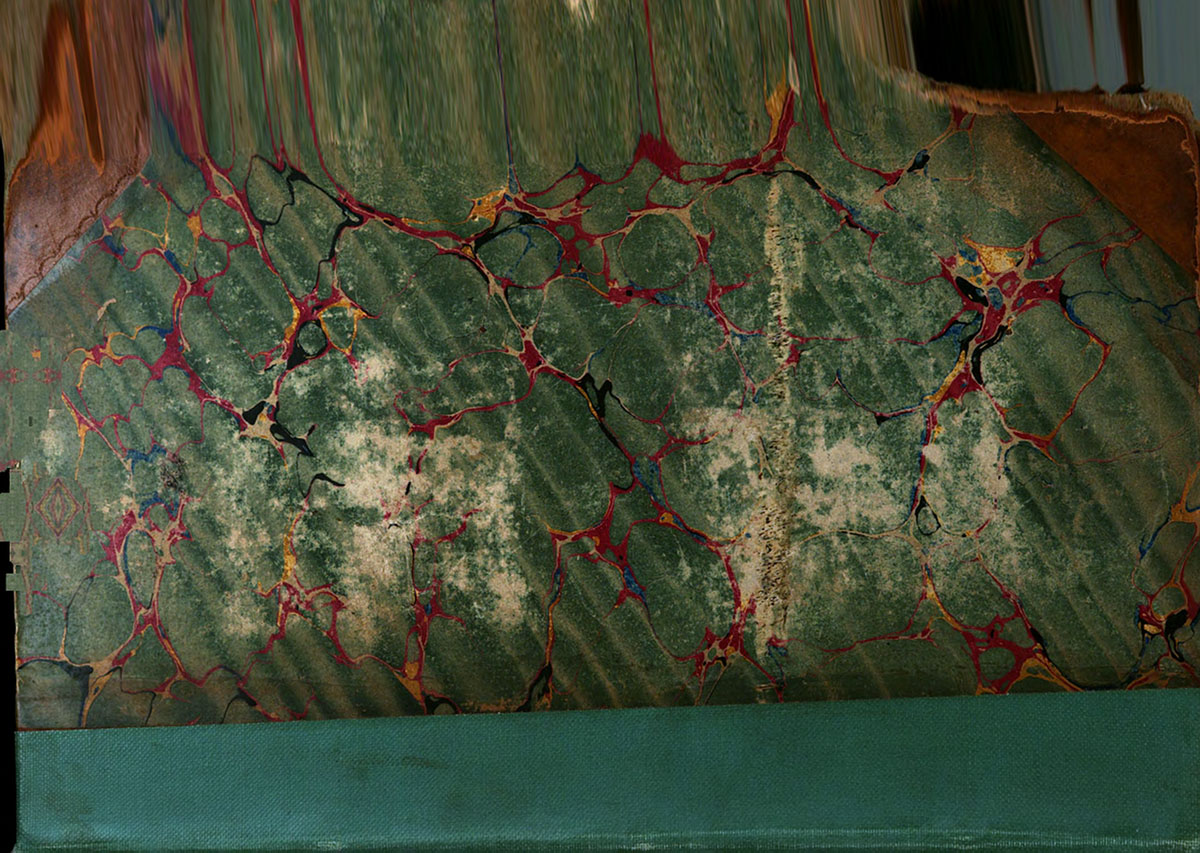the philosophy of images; 300 unconnected words

*
back cover (90º cw; otherwise untreated)
John Lemprière (c1765-1824 *), Universal biography (1808)
University of California copy, digitized November 8, 2010
this volume containing the only hit for “philosophy of images” in pre-1923 Google Books —
Menestrier, Claude Francis,
a jesuit, of Lyons, 1633. He wrote history of Lewis XIV. by medals, emblems, &c. — consular history of Lyons — the art of heraldry — the philosophy of images, &c. He possessed a very astonishing memory, and it is said, that to try him Christina of Sweden pronounced in his presence 300 unconnected words, which he immediately repeated in the same order. He died 1705, aged 72.
—
Claude François Ménestrier (1631-1705 *) authored L’Art des Emblemes, which appeared in two editions (1662 and 1684), and is nicely discussed in David Graham, “Claude-Franços Ménestrier: the founder of ‘early modern grounded theory’” in de Boer, Enenkel and Melion, eds, Jesuit image theory (2016) : 119-145 (138) —
grounded theory —
a way of arriving at theory suited to its supposed uses...
in contrast to
theory generated by logical deduction from a priori assumptions.
(quoting B. G. Glaser and A. L. Strauss)
—
Every image is a form that is capable of flowing from one subject to another...
The life of the sensible is the flow.
— Emanuele Coccia,
Sensible Life : A Micro-ontology of the Image (2010; 2016) : 77 (Chapter 25, “Influences”)
tags:
emblematics; flood; flow; grounded theory; ruination
Emanuele Coccia; Claude François Ménestrier